Balkan Road Trip: 9-Days in 4 countries 🇷🇸 🇲🇪 🇭🇷 & 🇭🇺

Taking a Balkan road trip is always exciting and I don’t think I will ever get enough. This road trip took us from Prague through Budapest to Belgrade, across entire Serbia, down to Montenegro, Croatia and ended in Slovenia.
Table of Contents
Practical insights for the Balkan Road trip
Hungary
Hungary is an EU country and a member of the Schengen zone. Budapest, the capital city, is divided by the Danube River into two sides – Buda and Pest. The country has a population of approximately 10 million, and the official currency is the Hungarian Forint (HUF). Like in any EU country, cards are widely accepted for the majority of payments.
When driving on Hungarian highways, it’s necessary to have a highway stamp, which can be conveniently purchased online through the official website https://ematrica.nemzetiutdij.hu/en.
Serbia
The capital city is Belgrade, which lies at the crossroads of the Sava and Danube rivers. The country has a population of about 7 million people.
The official currency is the Serbian Dinar (RSD). During my three trips through Serbia, where I always stayed overnight in Belgrade, I never found the need for the local currency. Cards were widely accepted at hotels, restaurants, shops, and petrol stations.
If you travel on the highways, you will be stopped at the toll gates. Therefore, there is no need to buy a highway stamp.
Montenegro
The capital city is Podgorica. The official currency of the country is the Euro, even though Montenegro is not officially part of the EU. During our visit, we didn’t have a problem paying by card. However, in case of need, Euros can be withdrawn from ATMs.
Serbia a Montenegro are not a part of the EU, crossing the borders is not as seamless as within the EU Schengen zone. Ensure you have your car documents and Green card insurance ready for border crossing control. Additionally, arrange written consent if you’re driving someone else’s car, even if it belongs to a family member who isn’t traveling with you. During our trip, we crossed all the borders with our Czech ID cards and didn’t need passports, though I kept them in my bag just in case.
Croatia
Croatia is an EU country and part of the Schengen zone. The capital city is Zagreb, and the country’s population is approximately 3.9 million. The official currency is the Euro. Similar to any EU country, cards are widely accepted for the majority of payments.
When driving on highways in Croatia, there’s no need to purchase a highway stamp, as toll gates are in place to facilitate payment for highway use.
Day 1-2: Prague – Budapest – Belgrade
Budapest
Prague – Budapest: 532km, 5,5hours
We set off in the afternoon, arriving in Budapest late in the evening. We chose to stay at the Griffin Guest House right in the city center. The accommodation is lovely; however, the only downside is that it does not provide private parking, and we had to find a spot in the busy streets.
Since we lived in Budapest for several years, we know the city well and, therefore, didn’t plan to explore it. If you have not been to Budapest before, it is certainly the city to stay in for at least 2 days.
Just a few places not to be missed are:
Fisherman’s Bastion
It is one of the most visited monuments in Budapest. It is situated in the Buda Castle area and offers beautiful views of the entire city.
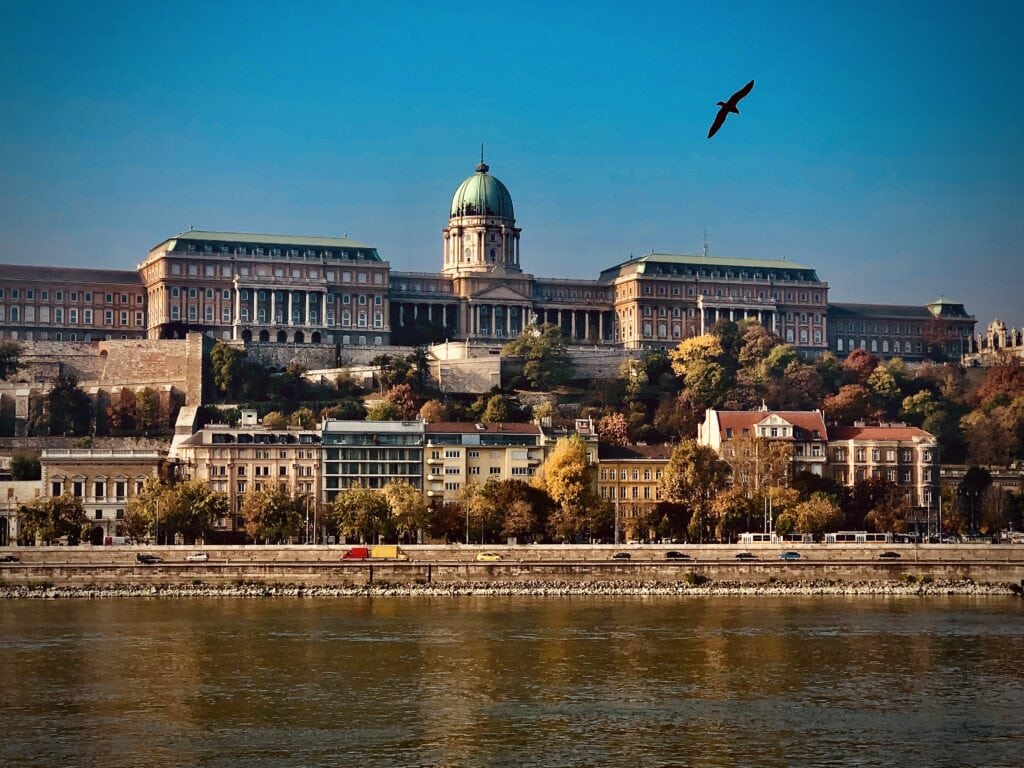


The Hungarian Parliament Building
It serves as the official seat of the National Assembly of Hungary and is located on Kossuth Square in the Pest side of the city.
The Chain Bridge
It is famous because it’s the first solid stone bridge connecting Buda and Pest across the Danube River. You can recognize it by the lion statues without tongues at each end in Buda and Pest.
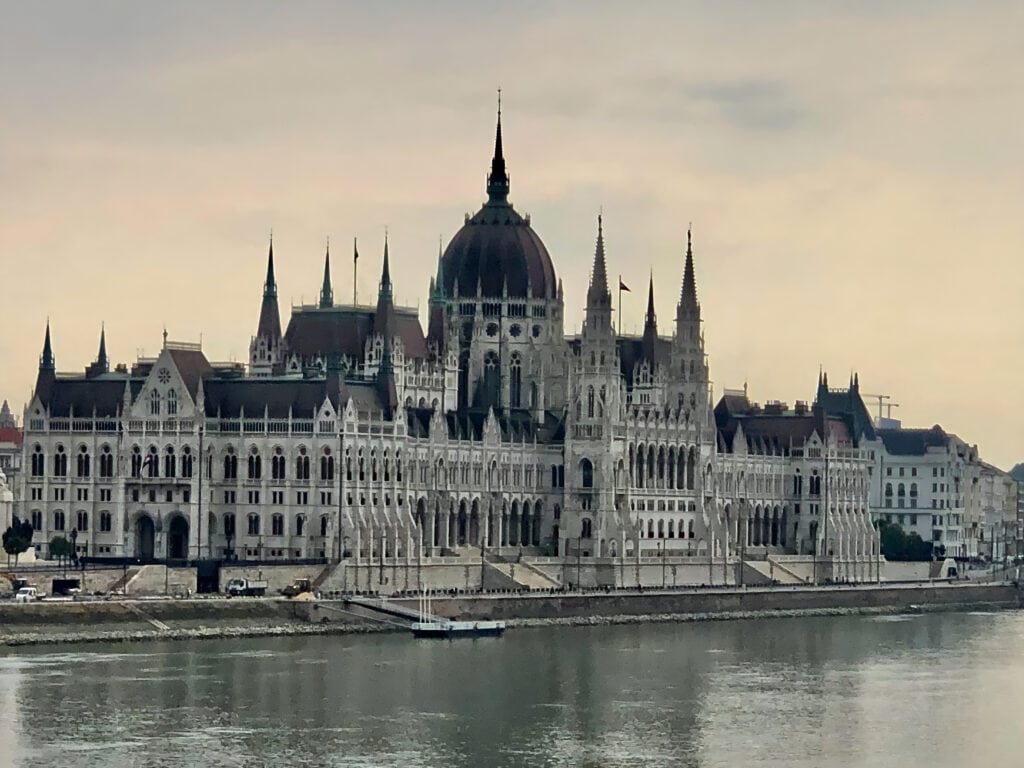

Váci utca
Take a stroll down the famous Váci Utca, situated in the heart of Budapest. This street is known for its shops, restaurants, and local souvenirs. At the end of Váci utca, you’ll find the Great Market Hall (Vasarcsarnok), built in 1897. It stands as the most beautiful and largest among all of Budapest’s market halls.
St. Stephen’s Basilica
It is a Roman Catholic basilica named in honor of Stephen, the inaugural King of Hungary. The reliquary within the basilica holds the right hand of King Stephen.


There are, of course, many more, such as walking around Margit Szigét (Margaret Island), visiting Citadella above the city, or exploring the famous Gellért Spa.
Belgrade
Budapest – Belgrade: 380km, 4hours
After the morning walk in Budapest, we set off for our journey to Belgrade, Serbia 🇷🇸. Initially, it seemed like a straightforward 4-hour drive. Unfortunately, we experienced significant delays at the border crossing between Hungary and Serbia. Moments like these make one truly appreciate the convenience of the EU Schengen zone!
Arriving early evening, we only had time for a quick walk in the city center and dinner in one of the open street restaurants.

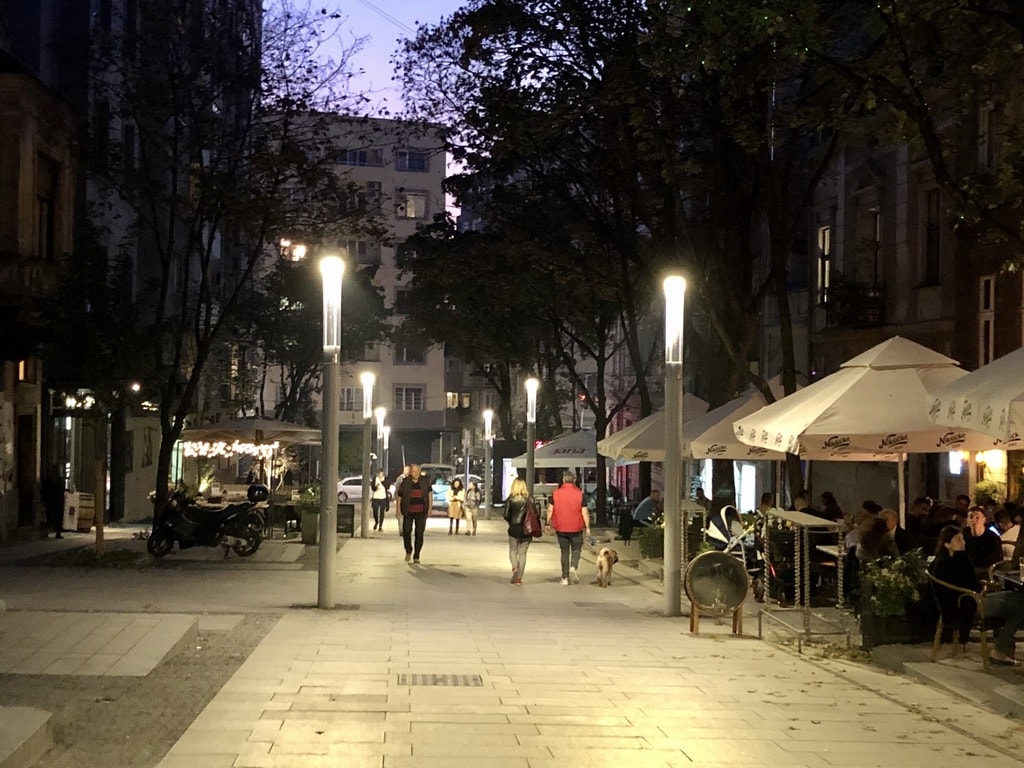
On the next morning, we went to explore the Belgrade Fortress. It is situated at the confluence of the River Sava and Danube. The history dates back to Celts, and it was later expanded by the Romans and Byzantines.


Belgrade – Žabljak: 383km, 5,5hours
At lunchtime, we had to set off as our next destination was Žabljak in Montenegro 🇲🇪. It was a long drive as the majority of the route is a national one through the Serbian countryside.
Day 3: Žabljak. In the heart of the Durmitor National Park 🇲🇪
Žabljak is a small town situated in the heart of Durmitor National Park. At an altitude of 1,456m, it is considered the highest positioned town in the Balkans.
Durmitor National Park is known for its hiking trails that lead to scenic viewpoints, pristine lakes, and the iconic Black Lake. The center of the park is the Tara River Canyon, one of the deepest in Europe. The park is a UNESCO World Heritage Site.
Our target for the day was to hike towards Crno jezero (Black Lake) and explore the canyon. The Black Lake is the largest and best-known of the 18 glacial lakes on the mountain. There is about a 3.5 km walking path that circles around the entire lake, offering stunning views.




After exploring the area around the Black Lake, we headed to the Đurđevića Tara Bridge over the Tara River Canyon.
The Bridge is a remarkable concrete arch bridge spanning the Tara River canyon in northern Montenegro. Completed in 1946, it was, at the time, the largest vehicular concrete arch bridge in Europe. Adventurous visitors can also experience the thrill of zip-lining across the canyon, offering a unique perspective of the stunning natural surroundings.


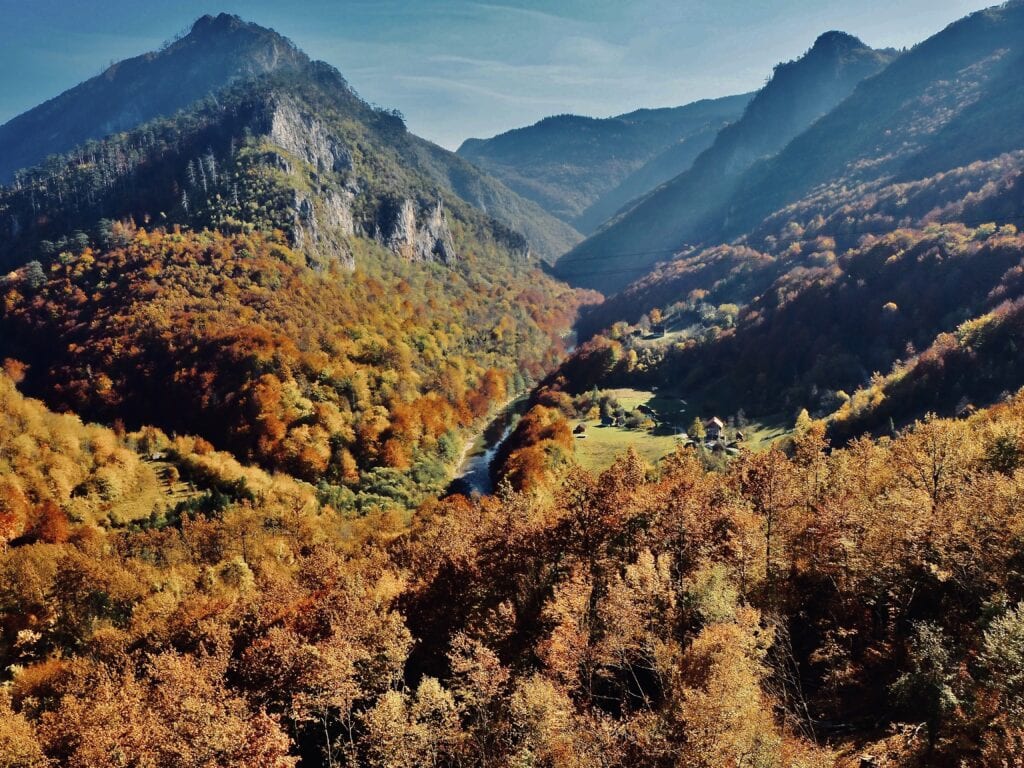
Day 4: Budva 🇲🇪
Žabljak – Budva: 180km, 3hours
We continued our trip with a drive from Žabljak to Budva on the next day. Budva is a holiday seaside town and resort. The “modern” town extends along the beaches, blending old buildings with modern high-rise hotels and apartment blocks.
We visited Budva in October, outside the main holiday season, and even then, parking was problematic. We booked an apartment in Gufo apart with a private garage, and I would recommend everyone to do so. I cannot imagine how busy the town must be during the main season, making parking extremely difficult.


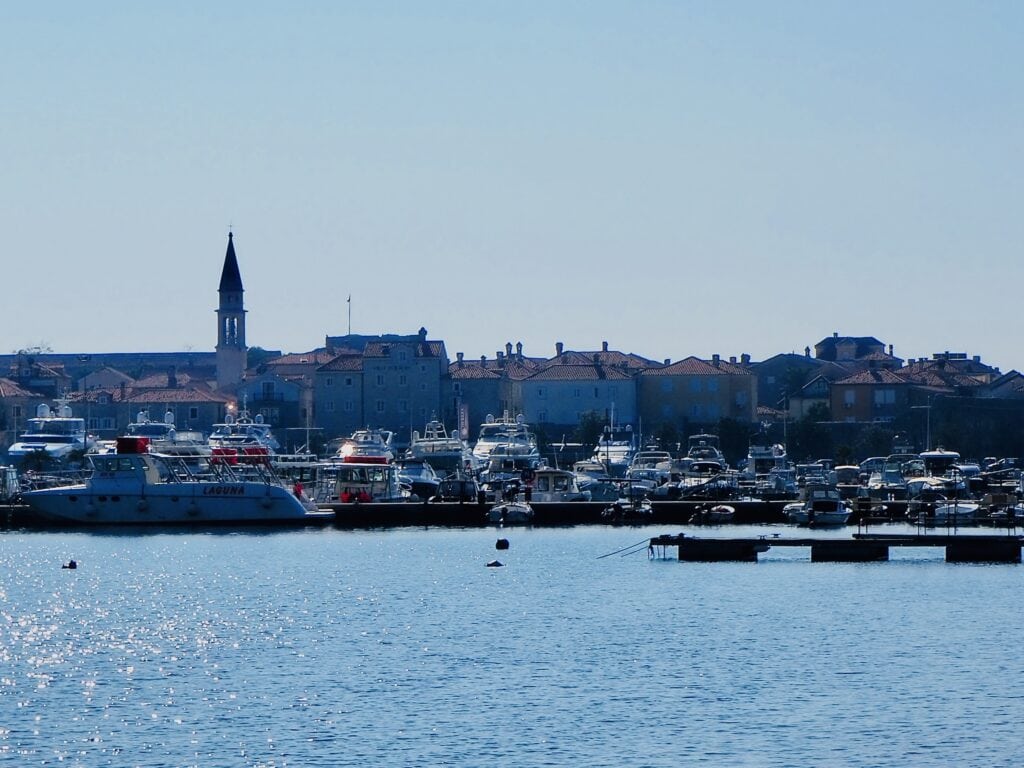
Apart from the beach life, the beauty of Budva lies behind the ancient walls of the “Old Budva,” which is 2500 years old. When we entered the ancient streets, we found ourselves in a different world.
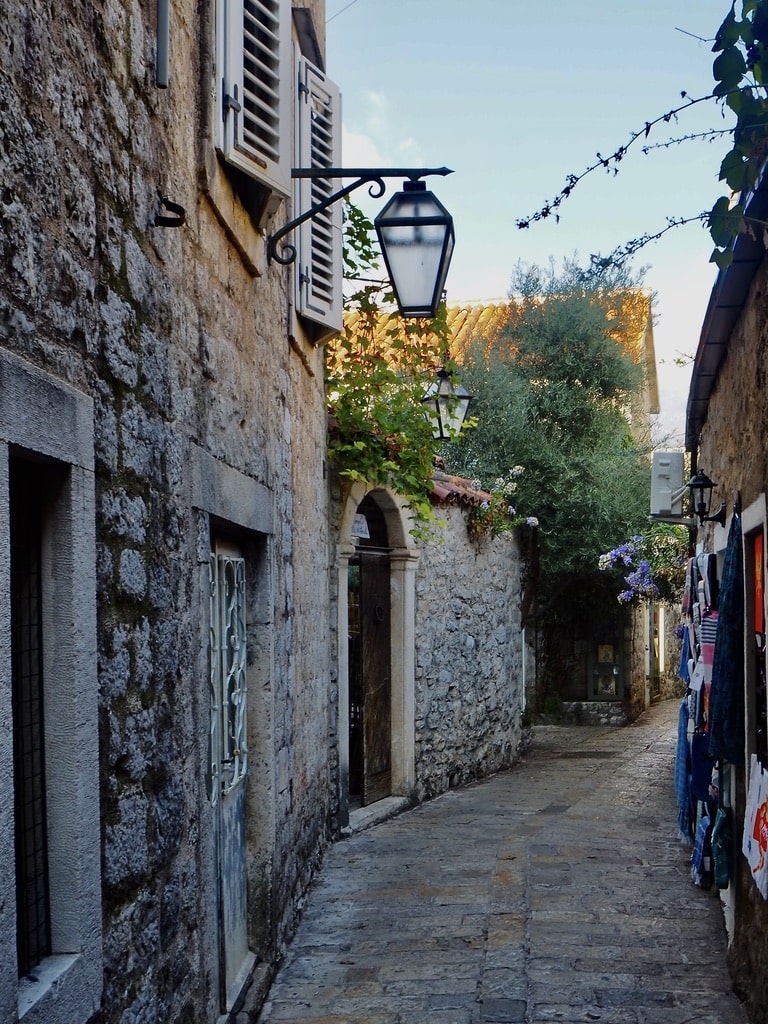


Day 5-6: Dubrovník, Croatia 🇭🇷
Budva – Dubrovník: 92km, 2,5hours
The distance between Budva and Dubrovník is not far, but it takes some time. We drove on the Jadranska Magistrala alongside the Adriatic coastline. The drive also involved crossing with the ferry.


Dubrovnik is a busy town with limited space. As with Budva, accommodation with parking is a real must. We stayed in an apartment that didn’t have private parking, but the host navigated us to a very convenient nearby parking house. After settling in, we started to explore Old Dubrovnik.
Old Dubronik is a UNESCO World Heritage Site and one of the most well-preserved medieval cities in the world.

We went into the Old City through the Pile Gate, the main entrance that led us to the Stradun, the main street in Dubrovnik. The Stradun is full of shops, cafes, and restaurants. Sponza Palace and the Onofrio Fountain can be found along the Stradun.
The Onofrio Fountain is a big circular fountain built in the 15th century, and it used to give fresh water to the city.
The Sponza Palace is an old building from the 16th century with a mix of Gothic and Renaissance styles. Now, it’s where they keep important records in the State Archives.


The Church of St. Ignatius is a fancy church built in the 17th century by a Jesuit architect named Ignazio Pozzo. It’s dedicated to St. Ignatius of Loyola, who started the Jesuit order.


Fort Lovrijenac is situated just outside the western wall of the Old Town. It is a robust fortress that served both defensive and symbolic roles throughout history. Constructed in the 11th century, it provides panoramic views of the sea and the city.

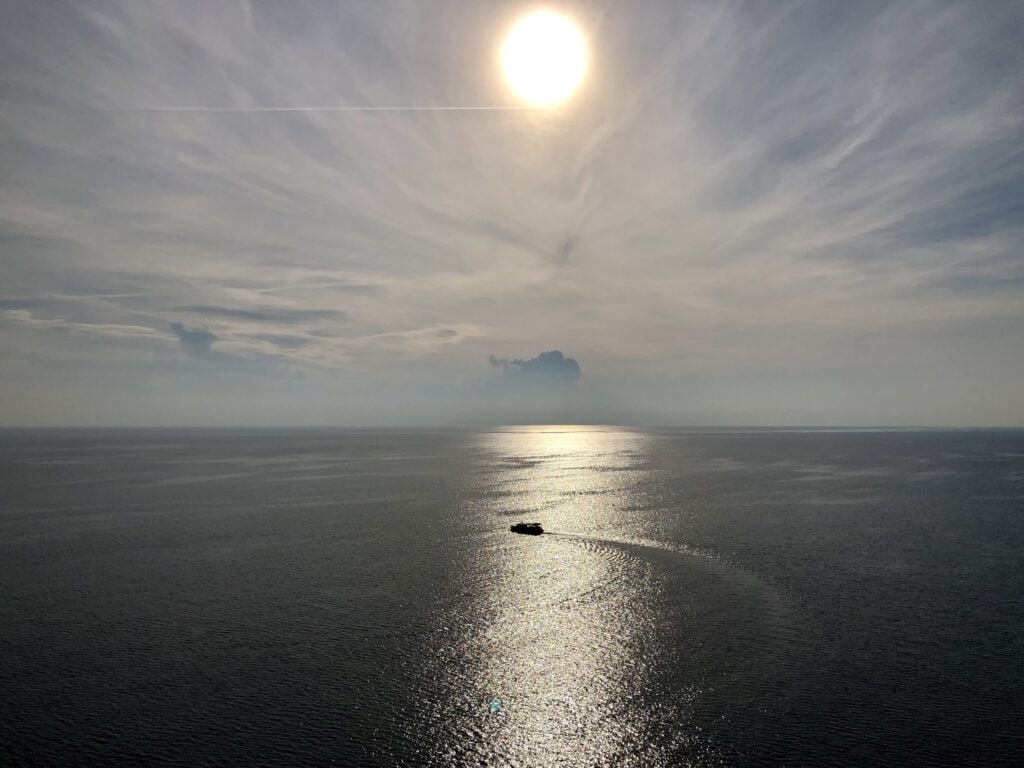
The best part of our time there, besides having the best ice cream ever, was walking on the City Walls. These walls were put up mostly in the 14th and 15th centuries and go on for about 1.9 kilometers. We enjoyed the views of the Adriatic Sea and the whole Old City.



Apart from checking out these places, it’s just nice to walk around the city and take in the vibe.
Day 7: Rastoke
Dubrovník – Rastoke: 484km, 5,5hours
Rastoke is a picturesque village near the town of Slunj, often regarded as a hidden gem. It is sometimes referred to as the “Small Plitvice Lakes” due to its cascading waterfalls resulting from the convergence of the Slunjičica and Korana rivers. The village is also characterized by charming watermills dating back to the 17th century.
The reason we chose to stay in Rastoke was not solely to experience the village and its waterfalls but also because of its proximity to Plitvice Lakes, our main point of interest.


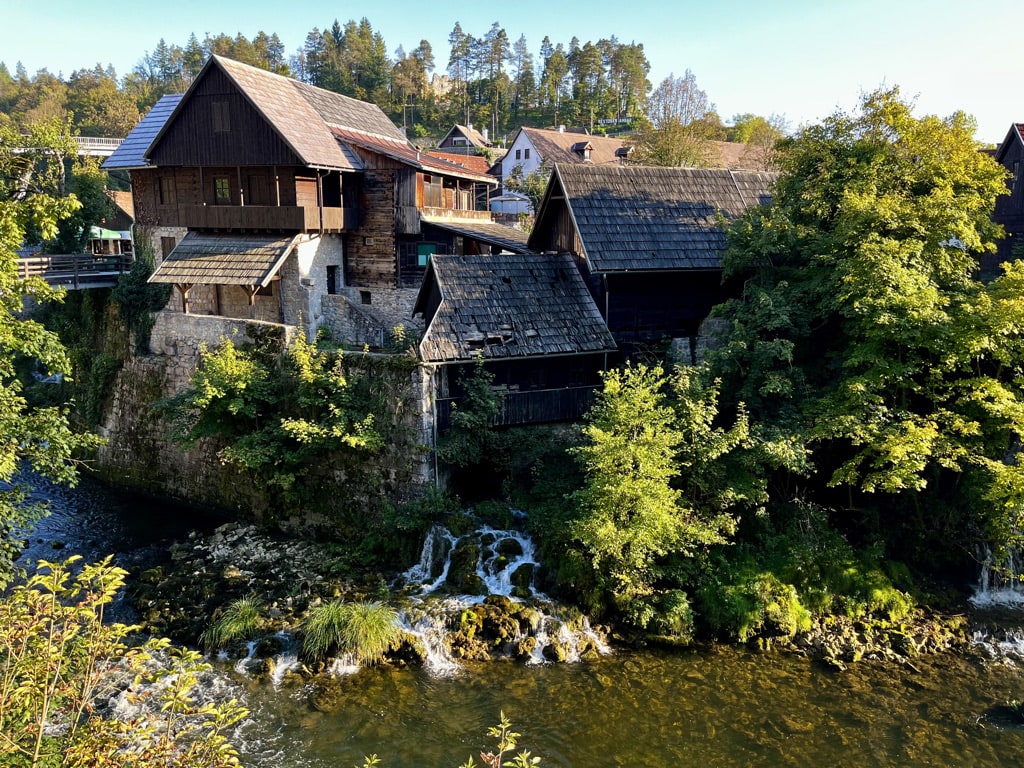
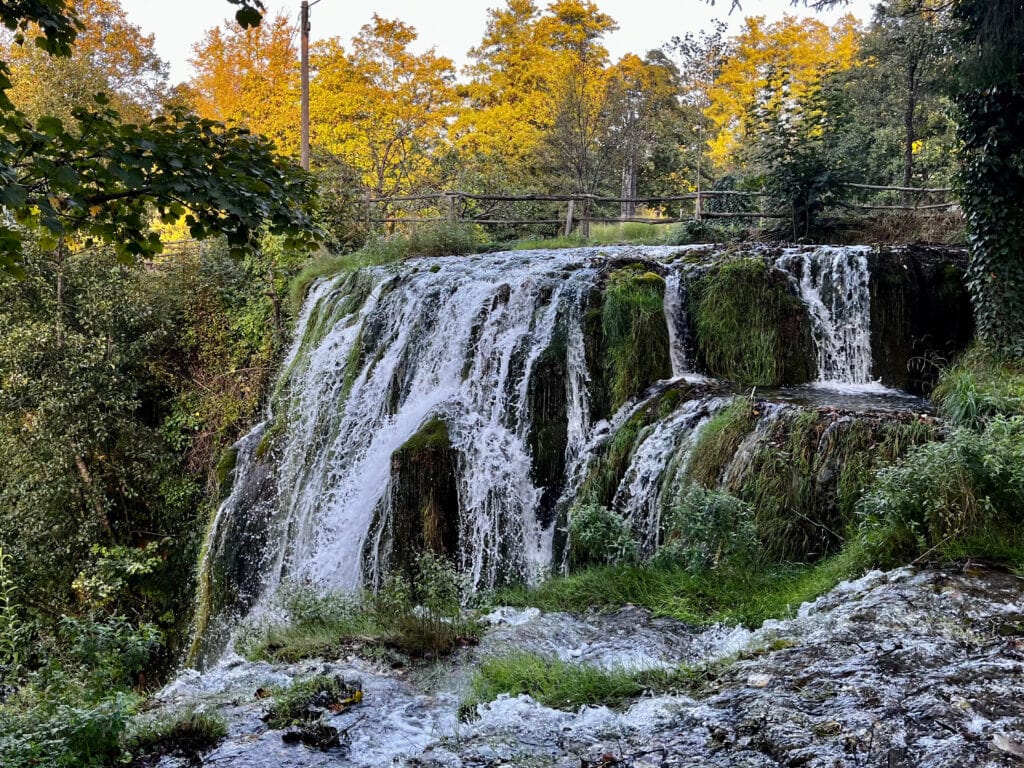
Day 8: Plitvice Lakes National Park
Plitvice Lakes is a UNESCO World Heritage Site, featuring a series of 16 terraced lakes and numerous waterfalls. These lakes are divided into upper and lower clusters, connected by a series of cascading waterfalls.
For our visit the next day, we purchased tickets online in advance through the official website of Plitvice Lakes National Park. The ticket included a specific timeslot for entering the park. Upon arrival, we parked in one of the official paid parking spaces conveniently close to the entrance.
The park offers several routes, and we chose one of the most popular paths, which takes you around the bottom lakes and towards the upper park, including a boat ride—an activity included in the entry ticket. After exploring the upper lakes, we decided to take a shuttle bus back to the park entrance.

There aren’t many places in the park to purchase food or drinks, so I would advise carrying at least water and some snacks. If you’re wondering whether one day in the park is enough, I would say yes, but plan it as a full-day visit



Day 9: Maribor, Slovenia 🇸🇮 – Prague, Czechia 🇨🇿
On the last day, on our way back home, we made a stopover in Maribor, Slovenia. Maribor, the second-largest city in Slovenia, is situated on the banks of the Drava River. The city is renowned for hosting the oldest grapevine in the world, known as the ‘Old Vine,’ making it a hub for wine enthusiasts. We relished a walk through the historic city center and the charming city park.



Back home. In Prague
